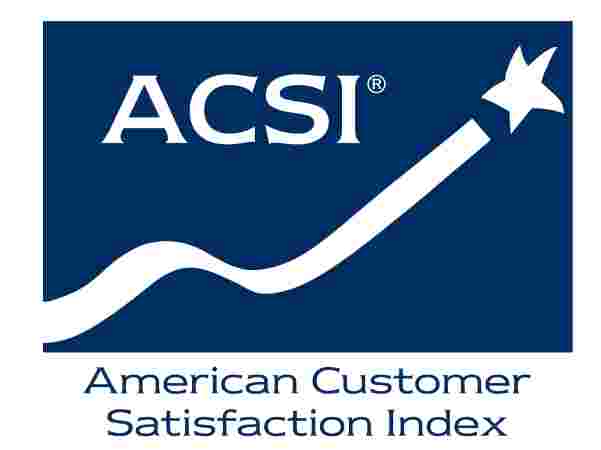
by David Ham March 29, 2022
It seems a couple familiar unfavorites, inflation and shrinkflation, have a new buddy: skimpflation. Basically, we’re paying more and getting less of things that used to be higher quality. Coined last year by Greg Rosalsky on NPR’s Planet Money, “skimpflation” describes the phenomenon of organizations compromising the quality of their goods and services, rather than just increasing the price.
To some degree, this is an understandable response to labor shortages and the challenges many markets are facing with acquiring talent. Hiring wages are rapidly rising and the future is still uncertain. So, it’s a tough call to make a decision that might force further cutbacks down the line.
This skimping, however, could very well mean that the stated rates of inflation are misleading because they’re based on the assumption that consumers are just paying more for a product or service that has otherwise remained unchanged. That does hold true for certain purchases, like gas for example. Gasoline today is the same quality as it was in 2021 so the stated inflation rates are going to be accurately reflected there.
Reported inflation rates don’t account for the declining quality of goods and services, however. Back in February, the American Customer Satisfaction Index® (ACSI), published a press release that reported an “actual annualized inflation” rate of 10%, which is significantly higher than the 7.5% indicated by the Bureau of Labor Statistics. This is because the ACSI model adjusted for skimpflation, while the BLS did not.
I read an article about cutbacks in the hotel industry recently, which reminded me of the ACSI research and the concept of skimpflation. The article recalls how in the early days of the pandemic, housekeeping services were cut back out of necessity. There was still a lot of uncertainty regarding how the virus was transmitted. Now that the spread of the virus has slowed in the US however, hotel services have largely not returned to their previous levels. Some hotels only offer cleaning and towel changes once or twice a week. To be fair, those adjustments are actually beneficial when it comes to environmental impact, but consumers might expect to pay a lower price when the level of service is reduced.
Further, some hotels are asking guests to put their trash out in the hallways for pickup. It’s hard to imagine that this wouldn’t be to the detriment of the customer experience for many guests. The excitement of starting your vacation might be somewhat dampened by the fragrant remains of another guest’s fish dinner as you make your way to your room, for example. What kind of first impression would that have on a customer? How likely would they be to return to that hotel?
The hotel industry isn’t the only one impacted by skimpflation. Last fall, there were plenty of headlines about the US Postal Service cutting costs by simultaneously raising prices and slowing delivery.
The USPS is in good company. It’s taking longer to get pizza delivered, amusement parks have cut back a little on the magic by reducing services. Even trying to resolve an issue through contacting an airline call center has somehow become even less fun than before. The list goes on.
Looking at these trends through the lens of customer experience analysis, I do wonder about the rationale behind some of these business decisions. Surely, many organizations are taking a cost-benefit approach. But how much consideration has gone into assessing the changes in customer behavior that might result from certain reduced services? How many of these cuts are truly being made in areas that will have little impact on customer spending? It seems that some businesses are really banking on customer inertia, but could some of these choices that prioritize short-term profitability lead to worse long-term ramifications?
I can’t help but be reminded of a former client of mine that struggled with customer service in its contact center. Customers had made it clear that they wanted their complicated questions to reach live agents faster. Instead of making that happen, the client invested in a seemingly better interactive voice response (IVR) system. It was an expensive solution, but it was still cheaper than hiring more labor. Ultimately the new system did nothing to improve customer satisfaction. Complicated questions still required human intelligence.
When organizations make cost analyses that fail to adequately consider their customers’ priorities, they are vulnerable to ending up in a worse position overall. Time will tell if the organizations engaging in “skimpflation” will find themselves paying for it in the long term by disappointing customers now.
Your organization might be among those making tough calls while challenged with labor shortages, supply chain disruptions, or rising costs for needed materials or services. But you might end up losing future opportunities unless the most important aspects of your customers’ experiences are properly identified and prioritized. Given CFI Group’s three decades of expertise in this matter, we might be able to help. Please feel free to contact us.


